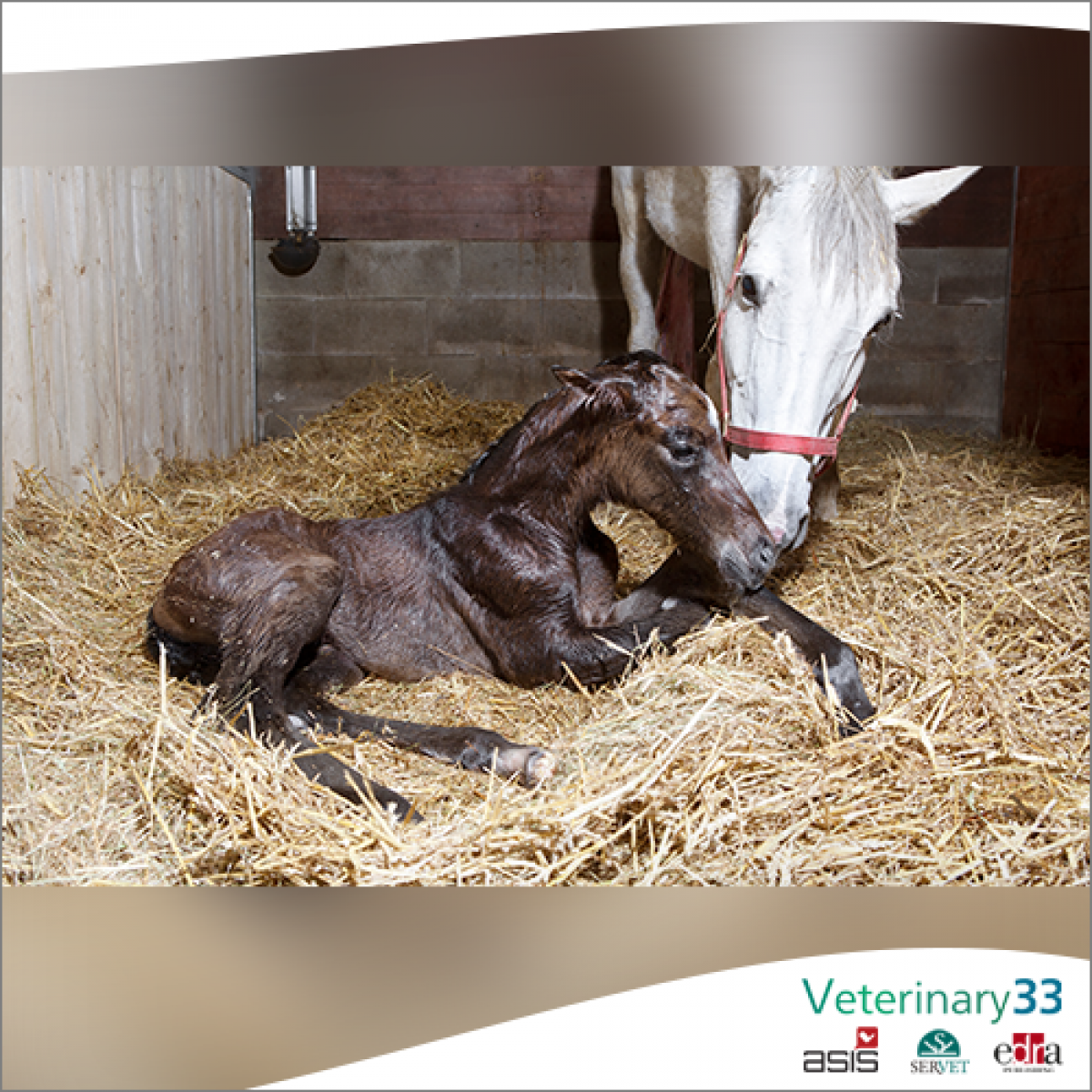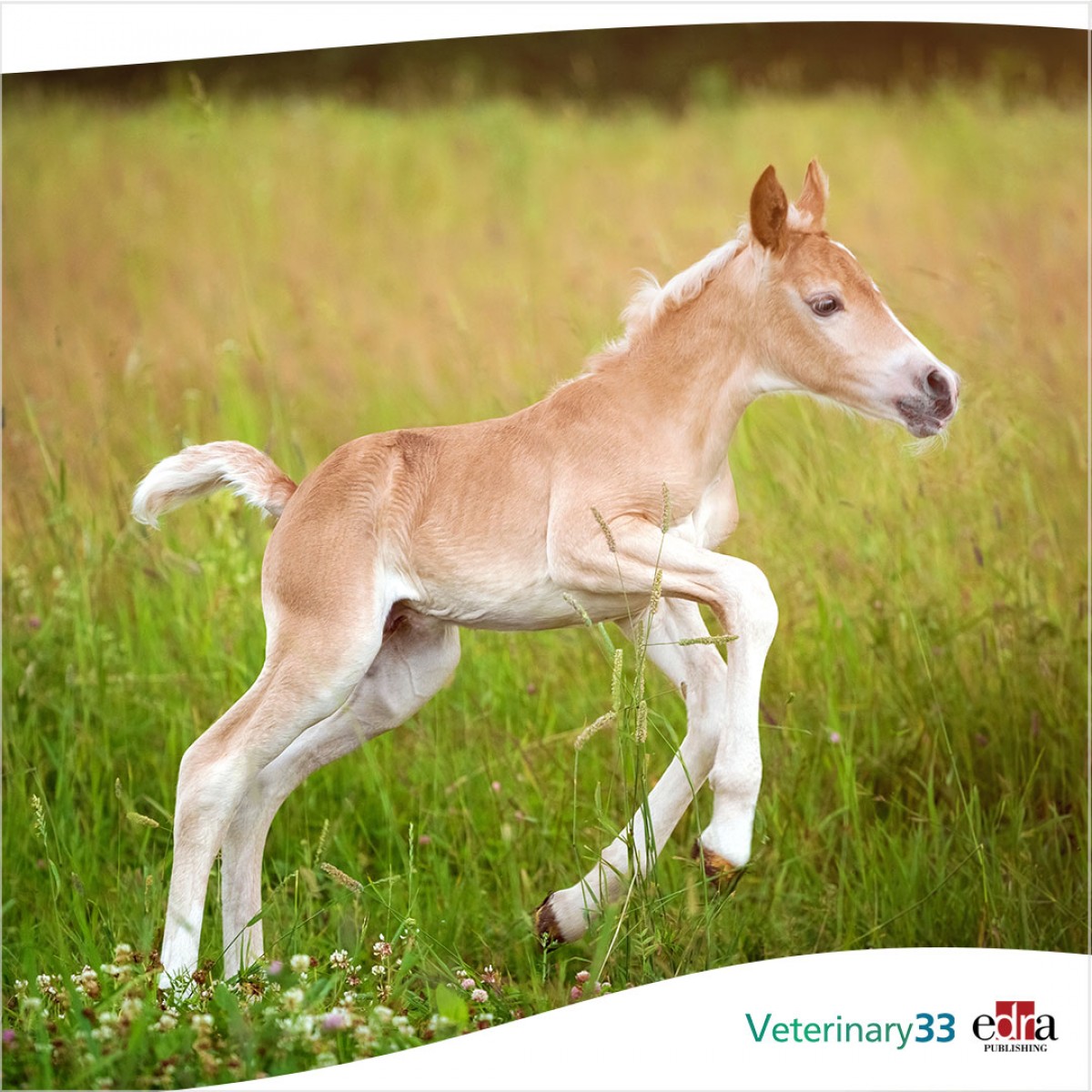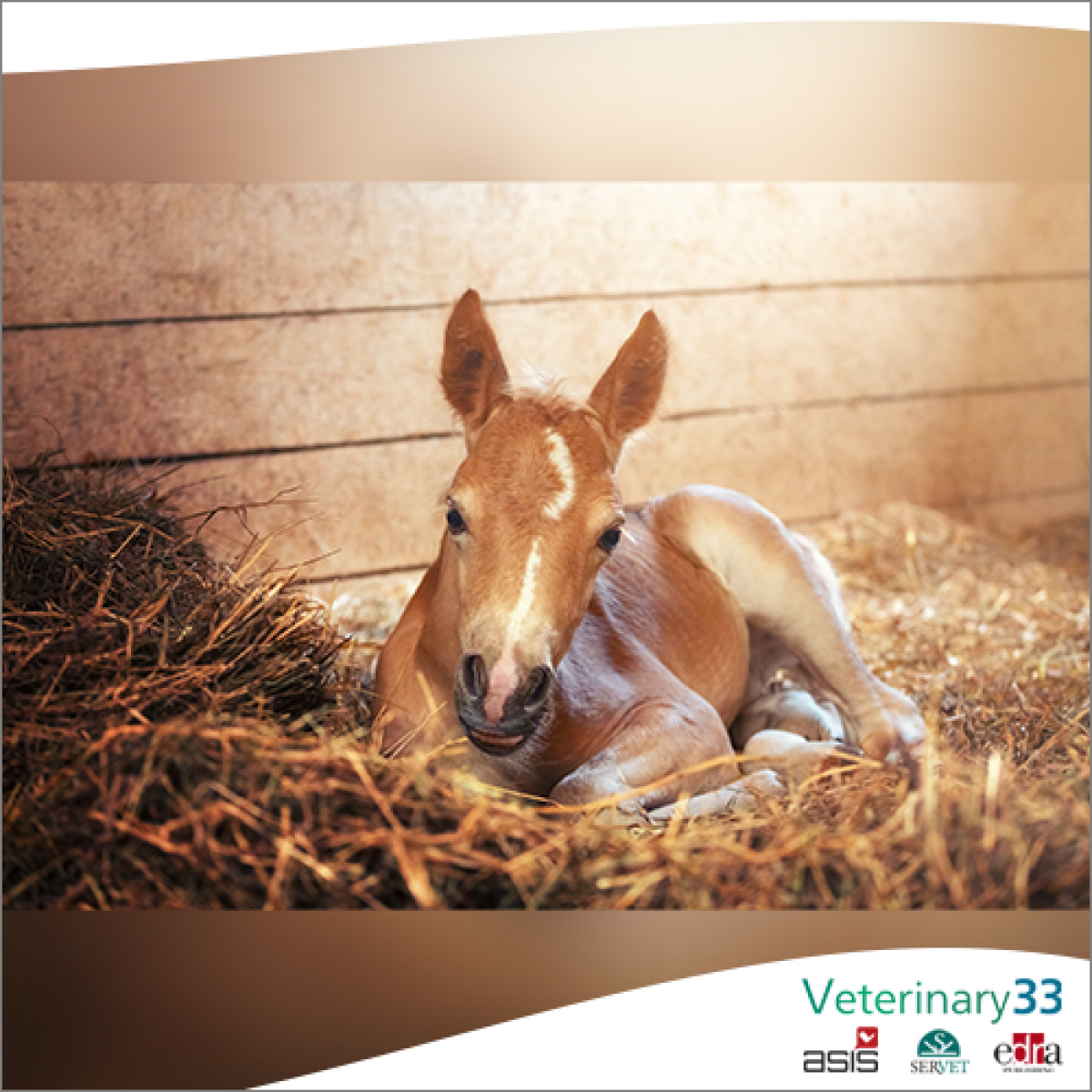The enteroinsular axis during hospitalization in newborn foals
To determine the insulin and incretin association, as well as their link to disease severity and outcome in hospitalized foals
The enteroinsular axis (EIA) is an energy regulatory system that modulates insulin secretion through the release of enteroendocrine factors (incretins). Despite the importance of energy homeostasis in the equine neonate, information on the EIA in hospitalized foals is lacking. The goals of this study were to measure serum insulin and plasma incretin (glucose-dependent insulinotropic polypeptide [GIP], glucagon-like peptide-1 [GLP-1] and glucagon-like peptide-2 [GLP-2]) concentrations, to determine the insulin and incretin association, as well as their link to disease severity and outcome in hospitalized foals.
A total of 102 newborn foals ≤72 h old were classified into hospitalized (n = 88) and healthy groups (n = 14). Hospitalized foals included septic (n = 55) and sick non-septic (SNS; n = 33) foals based on sepsis scores. Blood samples were collected over 72 h to measure serum insulin and plasma GIP, GLP-1 and GLP-2 concentrations using immunoassays. Data were analyzed by nonparametric methods and univariate logistic regression.
At admission, serum glucose and insulin and plasma GIP were significantly lower in hospitalized and septic compared to healthy foals (P < 0.01), while plasma GLP-1 and GLP-2 concentrations were higher in hospitalized and septic foals than healthy and SNS foals, and decreased over time in septic foals (P < 0.05). As a percent of admission values, GLP-1 and GLP-2 concentrations dropped faster in healthy compared to hospitalized foals. Serum insulin concentrations were lower in hospitalized and septic non-survivors than survivors at admission (P < 0.01). Hospitalized foals with serum insulin < 5.8 µIU/mL, plasma GLP-1 >68.5 pM, and plasma GLP-2 >9 ng/mL within 24 h of admission were more likely to die (OR = 4.2; 95% CI = 1.1-16.1; OR = 13.5, 95% CI = 1.4-123.7; OR = 12.5, 95% CI = 1.6-97.6, respectively; P < 0.05).
Low GIP together with increased GLP-1 and GLP-2 concentrations indicates that different mechanisms may be contributing to reduced insulin secretion in critically ill foals, including impaired intestinal production (GIP, proximal intestine) and pancreatic endocrine resistance to enhanced incretin secretion (GLP-1, GLP-2; distal intestine). These imbalances could contribute to energy dysregulation in the critically ill equine neonate.
“The enteroinsular axis during hospitalization in newborn foals” L M Rings, et al. Domest Anim Endocrinol. 2021 Sep 16;78:106686. doi: 10.1016/j.domaniend.2021.106686.











List
Add
Please enter a comment